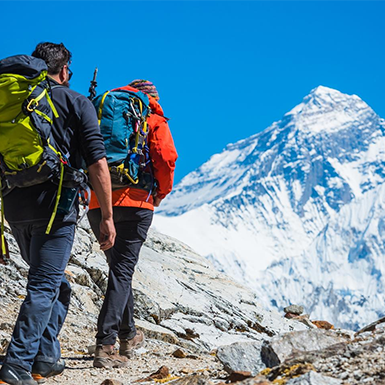The government has declared the upcoming decade the “Nepal Travel Decade” for 2080. President Ramchandra Poudel has announced this, presenting policies and programs for the future.
The government has made a special announcement declaring 2025 a significant tourism year in Nepal. This indicates that the government is emphasizing promoting and enhancing the tourism industry during this particular year.
By declaring it a particular tourism year, the government aims to attract more domestic and international visitors to explore the diverse attractions and experiences Nepal offers. The intention is to boost tourism-related activities, infrastructure development, and overall tourism services within the country.
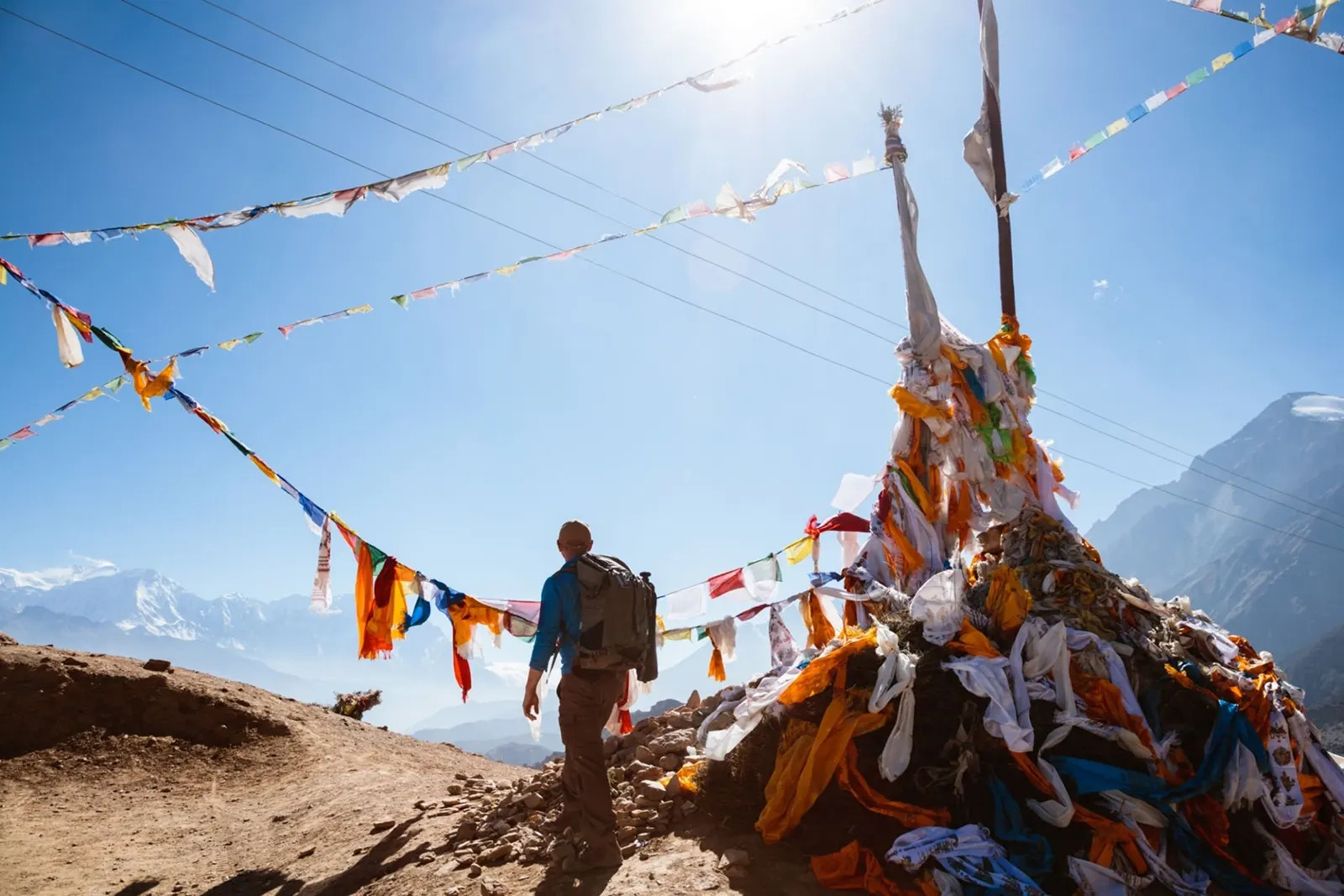
In addition, the government has expressed its plan to engage prominent individuals at the international level who have expertise and influence in the field of tourism. These individuals could be renowned figures from the tourism industry, travel influencers, or experts in related fields. By involving such personalities, the government seeks to leverage its knowledge and influence further to promote Nepal’s tourism sector on a global scale.
Overall, the declaration of 2025 as a unique tourism year reflects the government’s commitment to prioritize tourism as a critical driver of economic growth and development in Nepal. It signifies a concerted effort to attract more visitors, enhance the tourism infrastructure, and leverage international expertise to showcase Nepal as a premier travel destination.
The government has announced special recognition to foreign nationals who promote Nepal internationally, including honoring them with the Sagarmatha Special Award at the international level.
The government initiates the Himalayan conservation campaign.
The announcement of the government initiating the Himalayan conservation campaign has been made. President Ramchandra Poudel presented the policies and programs for the upcoming fiscal year 2080/81 of the government in the joint session of the Federal Parliament, highlighting the need to create awareness about the risks posed by the climate crisis in the fragile and mountainous region.
The government’s policies and programs mention that they will prioritize establishing international cooperation to raise awareness about climate change and mobilize assistance to restore damages. They have announced their commitment to building networks in countries concerned with addressing the sensitivity of climate change and ensuring the rehabilitation of the affected areas.
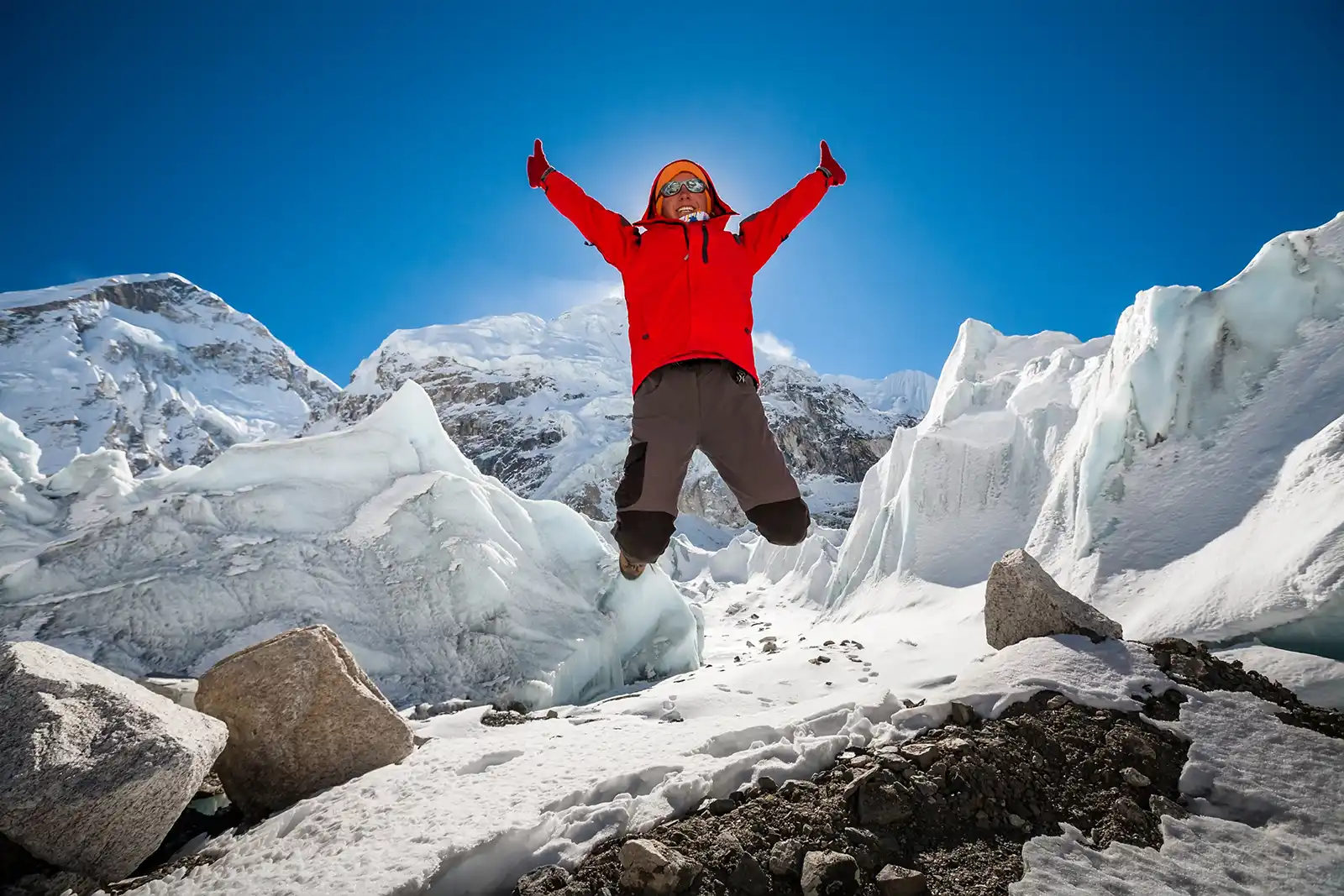
The government has announced its commitment to enhancing Nepal’s dialogue and agreements on climate change issues. To mitigate the adverse effects of climate change from the Himalayan range to the hills and plains, the government’s upcoming fiscal year policies and programs emphasize implementing community-centered programs that focus on reducing the negative impacts and promoting environmental conservation. It also highlights using national and international financial mechanisms, knowledge, and technology management.
Garbage collection by the Clean Himalaya Campaign
The ‘Clean Himalaya Campaign,’ initiated under the leadership and coordination of the Nepali Army, has gained momentum. It aims to collect garbage from four major Himalayan peaks – Sagarmatha (Mt. Everest), Lhotse, Annapurna, and Baruntse. This campaign, considered the most extensive Himalayan cleanliness program in the world, has received support from Coca-Cola Foundation as its primary donor. The campaign began on March 28 and will conclude on June 5.
The campaign, led by a team of 97 individuals, collected 34,166 kilograms of garbage from four challenging Himalayan locations amidst harsh weather conditions. Empty oxygen canisters, abandoned tents, food containers, plastics, glass, metal, and technological devices were only some of the trash that the crew gathered.
Brigadier General Sundar Kumar Pande, the director of the Clean Himalaya Campaign, highlighted the significant progress in promoting cleanliness in various Himalayan regions. He stated, “Compared to previous years, this year, we have taken a decisive step forward in the campaign despite facing challenging weather conditions. Despite the challenging weather and high risks, the commendable dedication of our team has helped us move closer to our goals. With the support of experts, the Nepali Army, Sherpas, medical officers, rescue operators, local communities, and other assisting hands, we have been able to mobilize from roads and campsites and successfully collect garbage from all areas.”
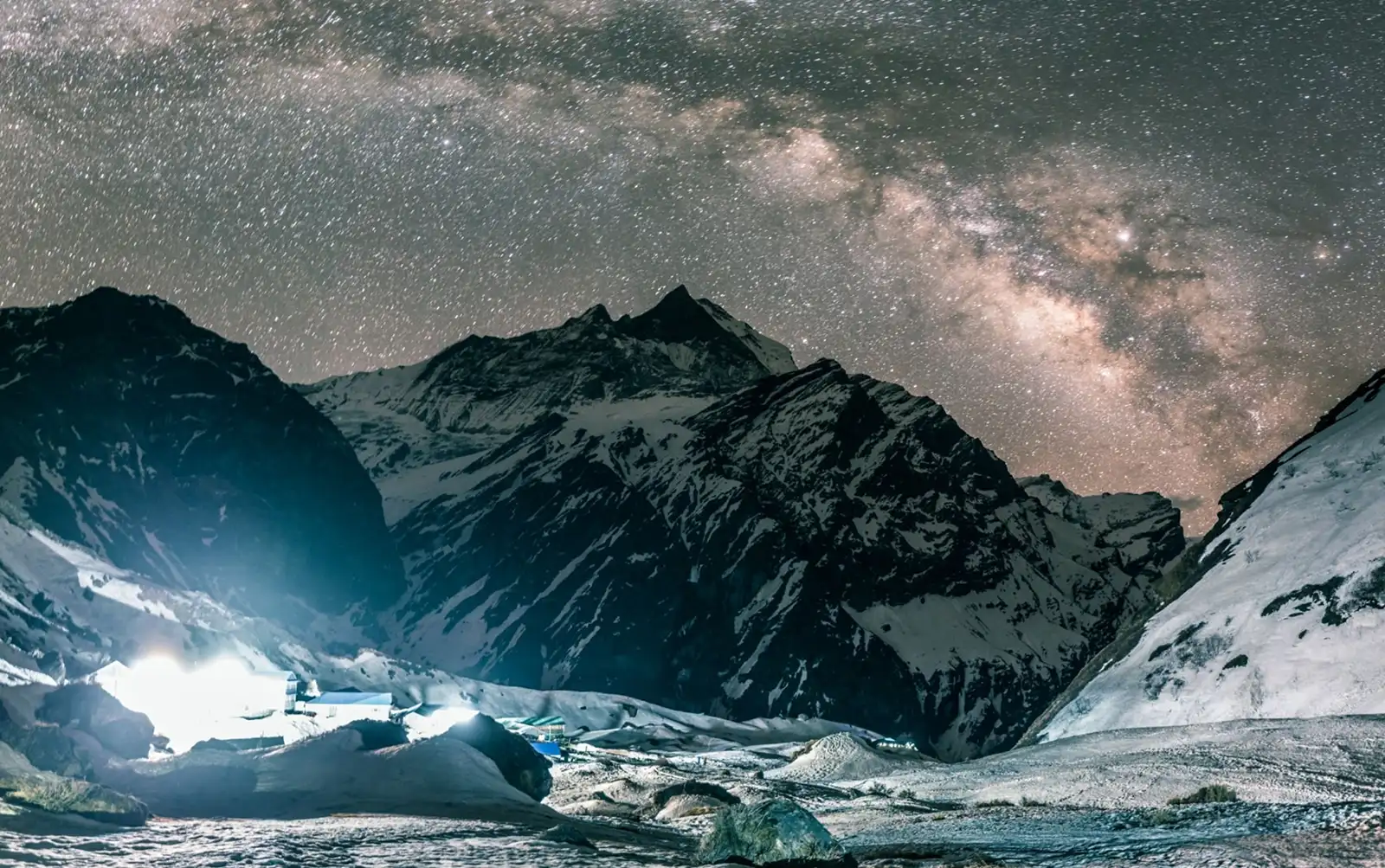
The Clean Himalaya Campaign, supported by Coca-Cola Foundation as its major donor since its inception, is now in its fourth phase. Under the leadership of the Nepali Army, this initiative has brought together various stakeholders to work towards environmental conservation and mitigating the impact of climate change in the Himalayan region. This effort aims to minimize the effects of environmental degradation and climate change through collaborative endeavors.
Speaking about the ongoing Clean Himalaya Campaign, Anand Mishra, the founder and chairman of Creation, one of the major partners of the campaign, stated, “The massive heaps of garbage in the Himalayas pose a significant challenge, as they degrade the magnificence and importance of these natural treasures in Nepal. The Clean Himalaya Campaign addresses the problem of waste in these ancient natural assets, aiming to raise awareness and instill a sense of collective responsibility among citizens. I believe this is a strong effort to tackle the issue effectively. Creation’s involvement in collecting and ensuring proper disposal and recycling of the waste plays a crucial role in managing the waste and advancing the process. It is commendable that everyone involved in this campaign has made genuine efforts for waste collection, and I take great pride in being a part of this great initiative.”
The Clean Himalaya Campaign has transferred the collected waste to its recycling partners to enhance effective waste management. The campaign has collaborated with Annapurna Himal and Barun Tse Himal for waste collection, which has been transferred for recycling.
To raise public awareness and encourage public engagement, the Clean Himalaya Campaign has been showcasing its continuous efforts in Himalayan cleanliness through digital screens in cities like Kathmandu, Lalitpur, Pokhara, and Bharatpur. When the goal of collecting 35 tons of trash has been met, a closing ceremony will be held in Kathmandu. The program is scheduled to be organized on June 5, which coincides with World Environment Day, aiming to highlight the importance of collective initiatives in environmental conservation and to mark the occasion with a future book on environmental protection.
Government’s Decision to Open Mountaineering on Jugal Himal
The government has decided to open mountaineering in the Jugal Himal range, which falls under the jurisdiction of Sindhupalchok district. In the Cabinet meeting held on Tuesday, the decision was made to allow mountaineering in the peaks of Jugal Himal, likened to the ‘Virgin’ Himalaya.
The Jugal Himal range, located within the jurisdiction of Jugal Rural Municipality, is home to several prominent peaks and passes, such as Dorje Lakpa, Phurba Ghyachu, and others. This mountain range has been the subject of study, which has revealed the presence of more than two dozen glaciers.
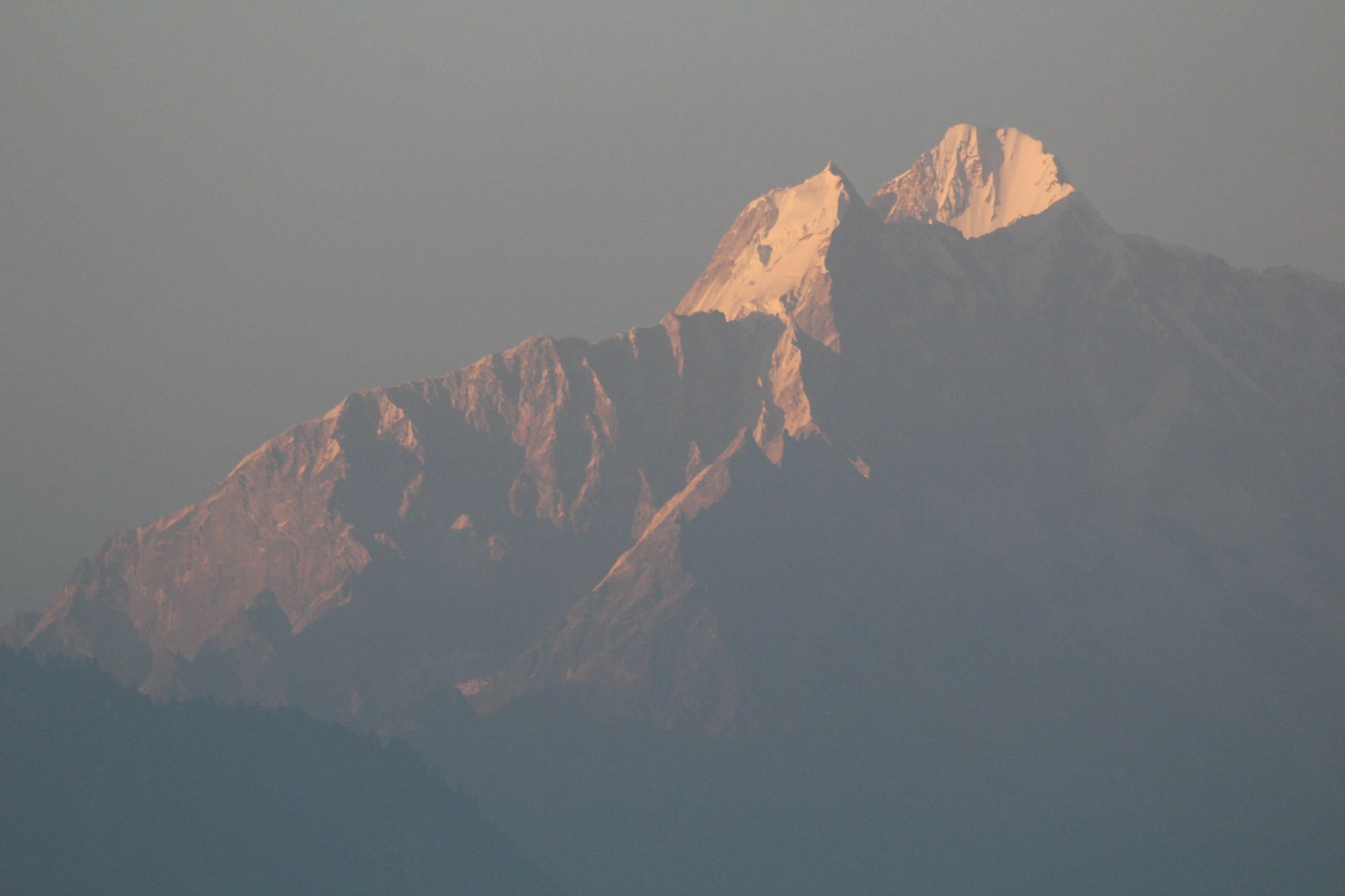
The base camp of Jugal Himal is located in Bumbaserpung Kharka. After the opening of mountaineering in Jugal Himal, there is an expectation among tourism entrepreneurs in Sindhupalchok to open new tourist routes and expand tourism activities.
Ne-Pemasal Chaur, including Jugal Himal, is a new destination for tourists. The beautiful and vast Chaur (meadow) near the Varipari Himal is known as Ne-Pemashal. This Chaur holds significance as Buddhist gurus have come here for meditation. From Ne-Pemashal, you may hike to the foot of Jugal Himal in approximately a day.
Sharmila Thapa, Milan Tamang, and climber Maya Gurung were the first to successfully summit Jugal Himal in 2018.

